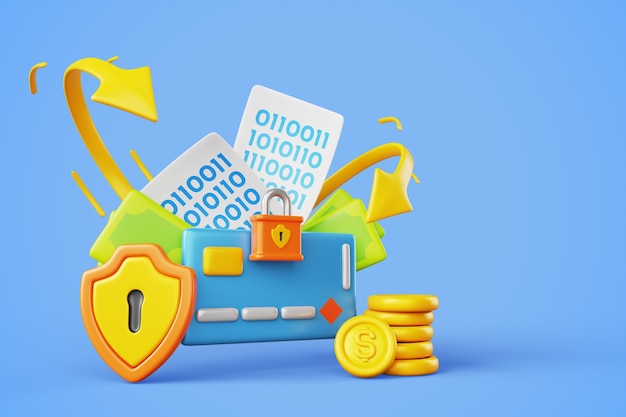
This guest article comes to you from Michael of CreditCardForum.com, a site dedicated to discussions and blogs about credit cards. Frequently reviewing and ranking the top cash back credit cards is his speciality. Today, he aims to shed some light on the intricacies of credit card rewards programs.
During the 1970s and 1980s, it was exceedingly rare for credit cards to provide rewards. Fast forward to today, and virtually every card out there offers a rewards scheme.
According to my estimation, at least 70% of US credit cards provide rewards worth 1% or more (1 point per dollar or 1% cash back). And of course, there are those offering juicy cash back rewards, reaching up to 5% on particular spending categories. But is this seemingly “free money” for our purchases too good to be believed?
The truth is, these rewards systems come bundled with quite a bit of ‘small print’. When choosing a credit card with reward programs, here are a few key areas to consider:
Spending Levels: Take the example of the American Express Blue card. It boasts of giving 5% cash back on gas, groceries and drug stores and 1.5% cash back on everything else. However, the small print clarifies that this is only applicable after you have spent $6,500 in a year. Until then, it’s a mere 1% back on the first three categories, reducing to half a percent on everything else. Look out for these spending levels.
Limits on Rewards: The banks lose money when a credit card offers you a 3% to 5% cash back in a specific spending category. Banks make up for this generous offer by charging interest on those who don’t clear their monthly balance. But not everyone carries a balance – like myself – these reward schemes are not always profitable for banks. As a result, many cash back credit cards put a cap on the total rewards you can earn. For instance, in my Chase Freedom card review, I discuss how the 5% cash back offer is only valid for the initial $1,500 spent quarterly in those categories. Once I’ve reached that, I switch to another card so that I continue receiving high cash back benefits.
Increased Interest Rates: As I’ve mentioned, high rebate cash back credit cards don’t serve as great profit generators for banks. Consequently, we often see higher than average interest rates on these cards. Hence, it absolutely doesn’t make sense to carry a balance on them. Despite a tempting 5% cash back, if you are hit with 15% to 20% interest, your advantages can vanish by just carrying a balance for a couple of months.
Annual Fees: The top-of-the-line cash back credit cards often come with an annual fee. Essentially, you’re spending money to earn money. It could be worth it if you’re a heavy spender, but if you’re not planning on significant purchases, ensure you compare the potential annual rewards against the annual fee.
Expiring Rewards: Importantly, don’t forget to redeem your points or cash back before they expire. After conducting hundreds of credit card reviews (such as the Chase Freedom card), I’ve noted that rewards usually expire 36 months from earning. However, be aware some cards impose shorter expiration terms, as little as 12 months in some cases!
In conclusion, while cash back credit cards can certainly provide some savings on your purchases, you must remain vigilant about the finer details to truly reap the benefits.


